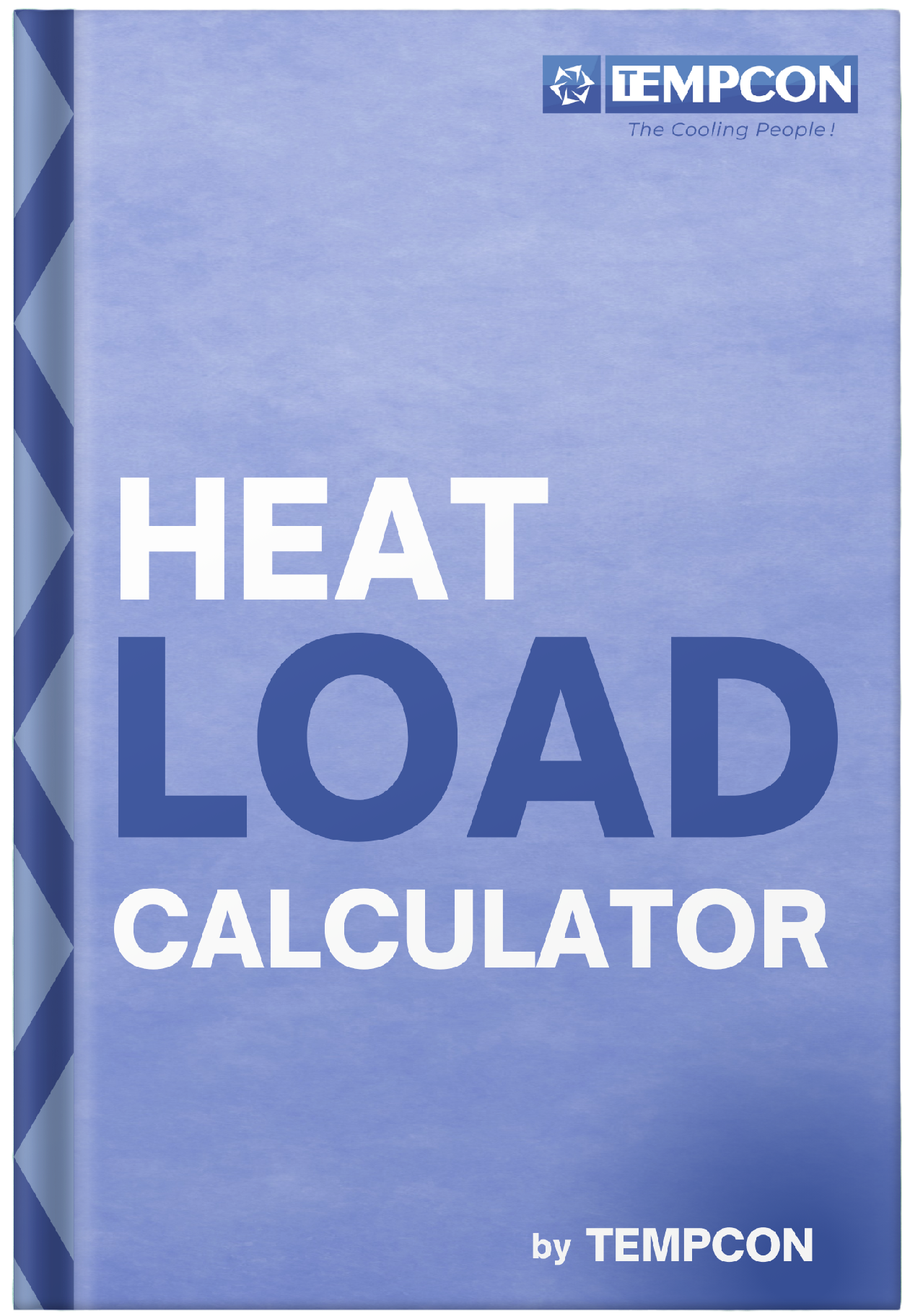 Free Heat Load Calculator
Free Heat Load Calculator
 Free Heat Load Calculator
Free Heat Load Calculator
 Free Heat Load Calculator
Free Heat Load Calculator
The decision to choose between a water-cooled and an air-cooled chiller is an important one for various industrial applications. Both options have their advantages and disadvantages, and the choice to use one over the other will depend on several factors such as available space at site, the size of the system, the environment, and the water quality and availibility.
This case study will compare the differences between water-cooled and air-cooled chiller in the context of industrial applications in general.
Background:
Many industrial processes generate heat during operation, and it is essential to keep them cool to prevent damage and ensure optimal performance. Therefore, cooling systems are a critical component of many industrial applications.
There are two primary types of cooling systems used in industrial applications: water-cooled chiller and air-cooled chiller.
Water-Cooled Chiller :
Water-cooled chillers use water cooled condensers. The system typically consists of a chiller, cooling tower, condenser pump, primary pump.The chiller is having shell and tube type condenser. The conderser is cooled down by water from cooling tower through condenser pump. The heated water is then returned to the cooling tower, where it is cooled and circulated back to the chiller condenser.The process water is being cooled by evaporator shell , by circulating through primary pump.

Advantages:
Precautions to take when using water-cooled system
Water-cooled chiller require specific precautions to ensure their proper operation and prevent damage. Here are some of the essential precautions you should take:
Air-Cooled Chiller :
Air-cooled chiller use fin and tube type condenser, which is being cooled down by condenser fan.
Advantages:
Precautions to take when using air-cooled chiller
Conclusion:
The water-cooled and air-cooled chillers having their own advantage and disadvantage.Proper site inspection, load calculation, and environmental conditions mapping is required through experts. At Tempcon we help our clients to choose a proper cooling system so that they can get proper service year after year.